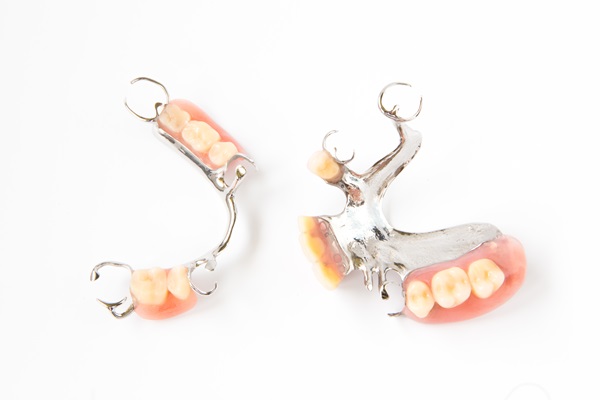How Long Does Dental Implant Placement Take?

Getting dental implants is an important choice in your goals for good oral health. This treatment is also a great way to restore your smile and feel good about your appearance again. If you compare implants to other tooth-replacement options, you will see the differences and benefits that implants offer. The process of getting implants can be long and challenging, though. You should learn everything you can about this procedure so you can be prepared and feel more positive about the experience.
Factors that lead to tooth loss
When children lose baby teeth, it is a big celebration. When a person loses a permanent tooth, it is no cause to rejoice. Living without teeth can affect a person’s ability to eat a healthy diet. It can even change a person’s speech and the shape of their face. There are also, of course, impacts on the individual’s self-esteem. Tooth loss can be embarrassing.
Sometimes, tooth loss occurs due to no fault of the individual. A hard blow to the face from a fall, collision, or another type of injury can knock out a tooth. In other cases, poor oral hygiene is the main cause. Failure to brush and floss properly and frequently can cause decay and infections. Without intervention, this can cause tooth deterioration, bone, loss, and tooth loss.
Starting the dental implant process
When the dentist and patient decide that dental implants make the most sense, there will be an initial, preparatory appointment. Here, the dentist will take X-rays and make impressions of the person’s mouth. If necessary, the dentist may extract damaged teeth. The dentist will then schedule another appointment for the first implant surgery.
Placing the dental implants
Depending on how many implants the patient is getting, the first surgery should take around an hour. If the patient needs multiple implants, the individual should plan on two hours for the procedure. The dentist will numb the patient with a local anesthetic. Once the patient is comfortable, the dentist will make an incision in the gums. Then, the general dentist will insert a screw-like dental implant deep into the jaw. The dentist then closes the wound.
Getting the abutments
After the first step, the bone and implant need time to fuse. The patient will also heal over the next several weeks. Sometimes, this period can take up to six months or more, depending on the patient’s recovery. Once ready, the patient returns to the office for the next surgery. The dentist again numbs the patient and reopens the gums, exposing the tops of the implants. A smaller piece called an abutment attaches to the dental implant.
Getting the crown
After a couple of more months of healing, the patient returns to the dentist’s office. The dentist will attach natural-looking crowns to the abutments. The crowns will match the color, shape, and size of any remaining teeth. The dentist will check to make sure the fit is comfortable and secure.
Worth the time and effort
Getting dental implants can take up to several months from start to finish. There will be some discomfort and soreness with the process. The recovery period can also be challenging. However, the results are long-lasting and can restore your mouth’s function. You can also be happy with your new smile.
Request an appointment here: https://sandimassedation.com or call San Dimas Family and Sedation Dentistry at (909) 305-2300 for an appointment in our San Dimas office.
Check out what others are saying about our dental services on Yelp: Dental Implants in San Dimas, CA.
Recent Posts
The introduction of dental implants has provided a solution to tooth replacement that goes beyond mere function to address the core of personal well-being. Loss of teeth has an impact on a lot more than just dental health — it impacts chewing, talking ability, and confidence. This is where dental implants come into play as…
If you have ever critically damaged or lost a tooth and had it repaired, you probably had a dental implant set. A dental implant is a metal fixture installed by a dentist that fuses to the jawbone via a process called osseointegration. This allows for artificial teeth to be securely placed on top of it.…
Deciding to get dental implants can be nerve-racking and exciting at the same time. Knowing as much as you can about the procedure can help clear up any apprehension. These restorations are durable and lasting. Understanding what to do while talking and chewing will be helpful. If you want to learn some pointers about speaking…
A consistent oral hygiene routine is necessary for anyone who has dental implants. While tooth decay cannot affect implants themselves, the area still requires routine cleaning to prevent gum disease and even infection. Failure to do so can also cause staining of the prosthetic tooth and an unsightly appearance. If the tissues surrounding the implant…


